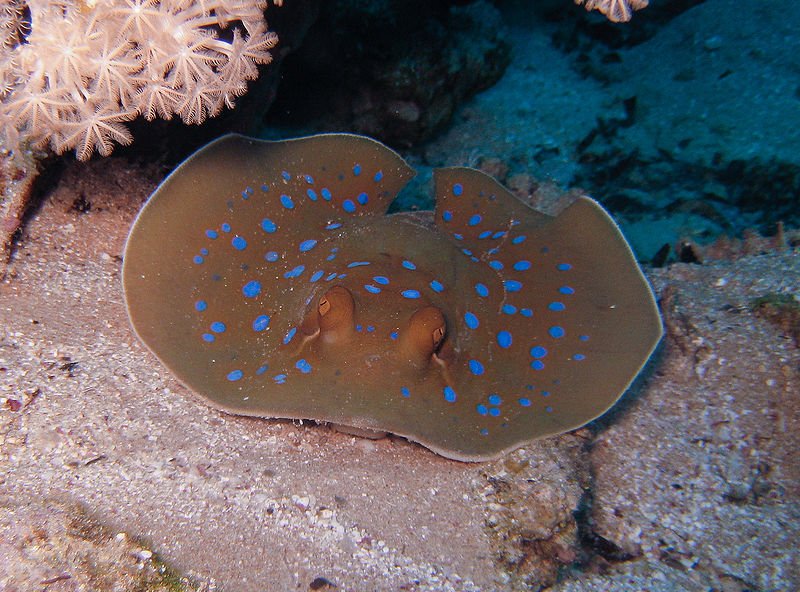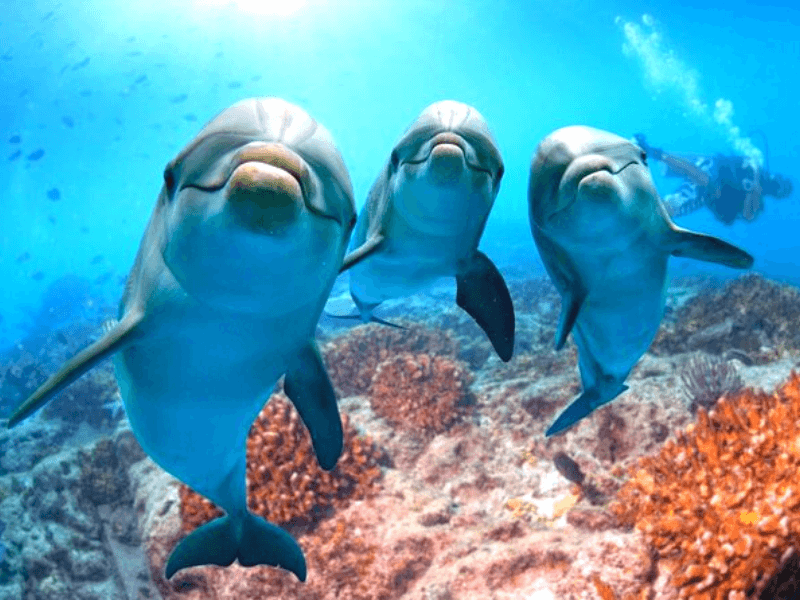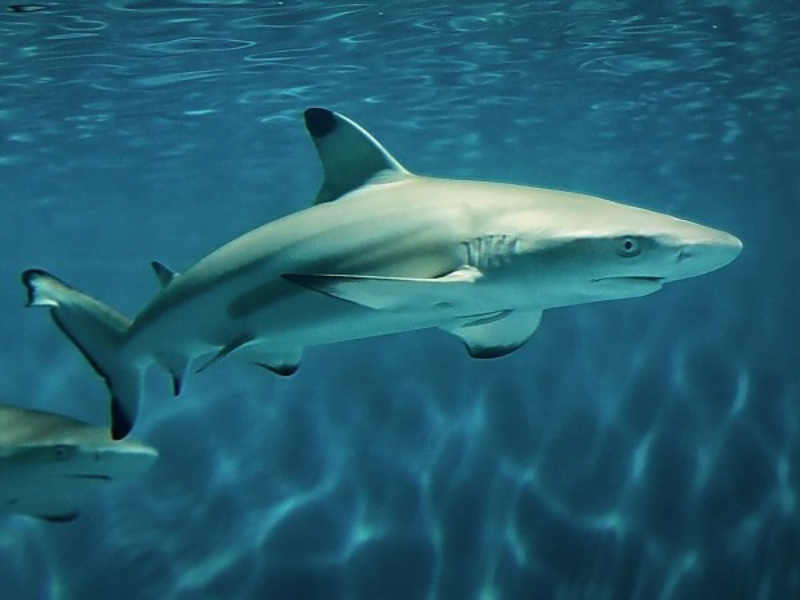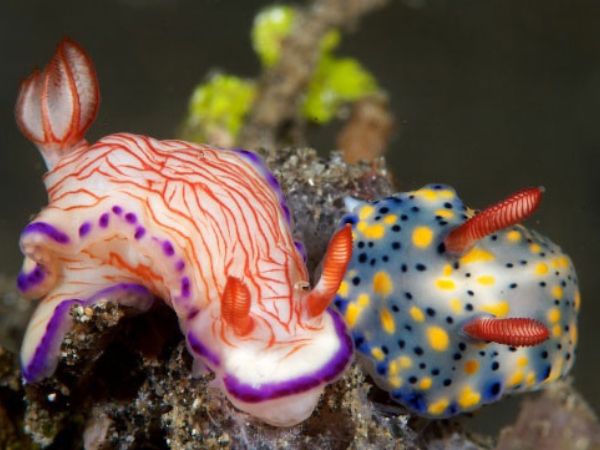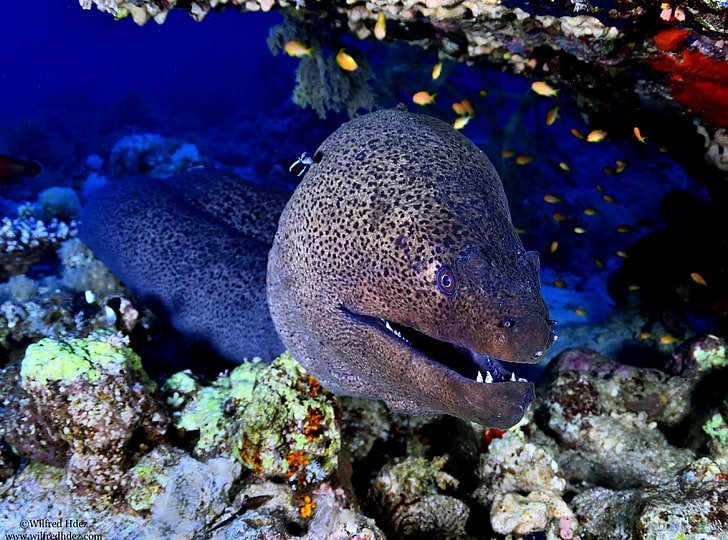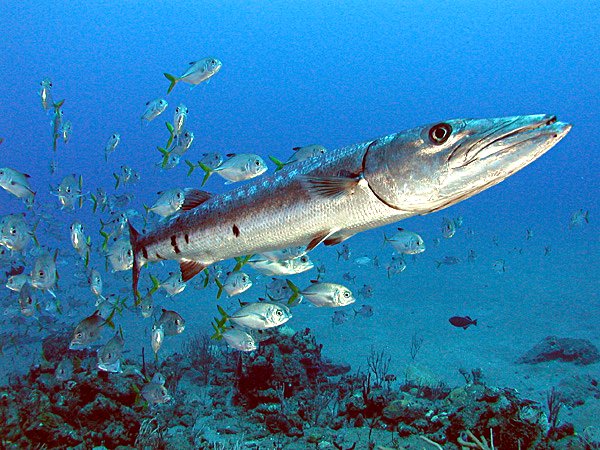Introduction to the Red Sea
The Red Sea, al-Baḥr al-ʾAḥmar has brilliant soft coral gardens and millions of anthias are synonymous with the perception of the Red Sea with its vertical walls, fabulous shipwrecks, and coral canyons. Diving is always excellent all year round here, but during the summer months of July through to September huge concentrations of fish congregate off the walls. The Red Sea also has a habitat of over 1,000 invertebrate species and 200 types of soft and hard coral. It is the world’s northernmost tropical sea and has been designated a Global 200 ecoregion.
Geology
Around five million years ago the northern part of the Red Sea was connected to the Mediterranean, but as the land gradually uplifted, the Mediterranean connection closed as the Nile delta continued to expand. Subsequently, the Red Sea basin became a gigantic evaporation plain with a few active volcanoes erupting through the rift. These huge layers of salt would ultimately keep the salinity level of the Red Sea much higher than any other sea. A couple of million years late, the Strait of Perim in the south opened. (Perim is now a volcanic island in the Strait of Mandeb that splits the Strait into two channels. This resulted in the Red Sea now becoming an annex of the Indian Ocean and the in-rush of tropical waters brought all of the associated species of fish and invertebrates that we still enjoy today, although some species have now migrated into the Gulf of Oman and even the eastern Mediterranean through the Suez Canal. Come forward somewhat to around 15,000 years ago to the last Ice Age when so much water was locked in the polar caps, and once more the Red Sea became isolated from the Indian Ocean. This triggered the evolutionary processes that eventually resulted in the high number of endemic species.
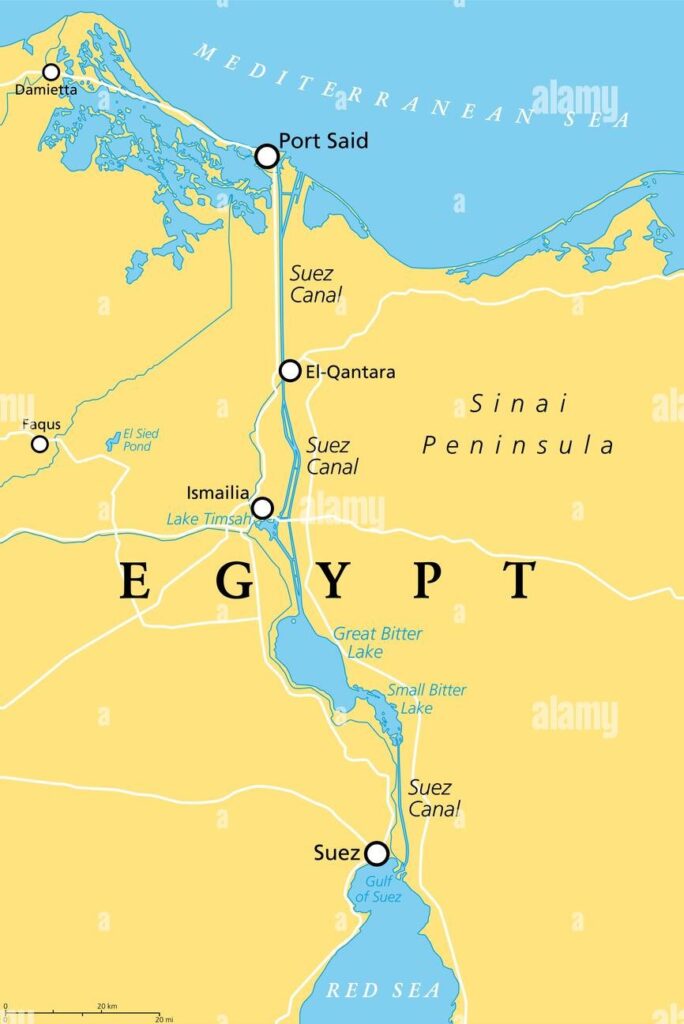
Geography
With a surface area of around 438,000 km2 (169,100 sq. miles) is about 2250 km (1398 miles) long, and — at its widest point — 355 km (220.6 miles) wide. It has an average depth of 490 m (1,608 ft), and in the central Suakin Trough, it reaches its maximum depth of 3,040 m (9,970 ft). the Red Sea is listed by the world wide fund for nature (WWF) as a priority for conservation due to its exceptional biodiversity. It is bordered to the east by Jordan and Sudi Arabia, to the north by the Gulf of Aqaba and Egypt, to the west by Egypt, Sudan, and Yemen, and to the south by Djibouti, Eritrea, and Somalia. The Red Sea is an extension of the great rift valley and separates the African continent from the Middle East and Asia. It extends from the straits of Hormuz in the south to the massive, V-shaped Sinai Peninsula, where the Red Sea splits in two with the shallower, western arm stretching up towards the Mediterranean through the Gulf of Suez.
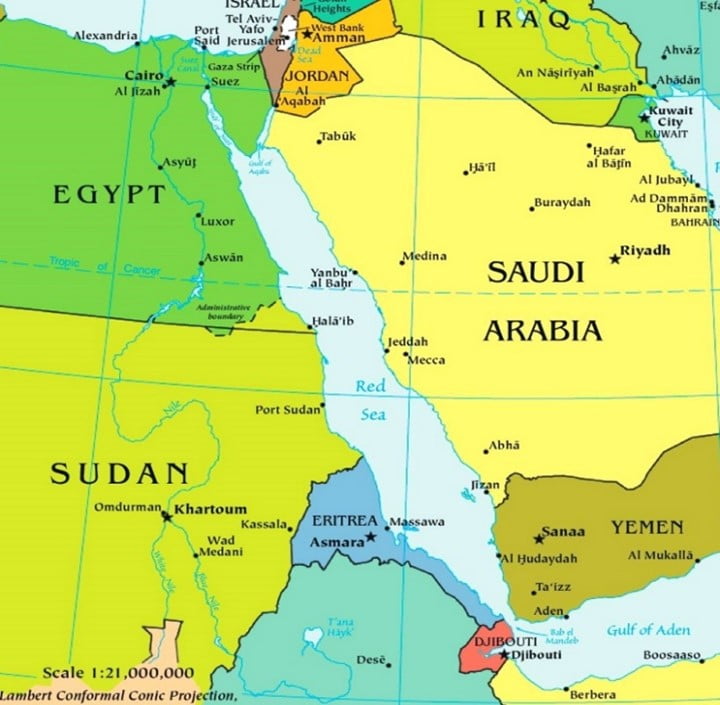
History
The Red Sea was originally called the Arabian Gulf or Sea of Erythrias and there are several theories as to the origins of the name, including the color of the beautiful red soft corals Dendronephthya Klunzingeri and D.hemprichi, The earliest known exploration of the Red Sea was conducted by ancient Egyptians, as they attempted to establish commercial routes to Punt. One such expedition took place around 2500 BC, and another around 1500 BC (by Hatshepsut). Both involved long voyages down the Red Sea, of course, we all know the story of Moses and the Israelites crossing the Red Sea (Yam Suph) to escape slavery in Egypt that is told in the old testament, Exodus (13:17 – 15:21). The Red Sea was favored for Roman trade with India starting with the reign of Augustus, when the Roman Empire gained control over the Mediterranean, Egypt, and the northern Red Sea. The route had been used by previous states but grew in the volume of traffic under the Romans. From Indian ports goods from China were introduced to the Roman world. Contact between Rome and China depended on the Red Sea, but the route was broken by the Aksumite Empire around the 3rd century. During Medieval times, the importance of these trade routes for species continued and when Napoleon Bonaparte invaded Egypt in 1798, he saw the advantage of expanding the existing canal system between the Red Sea and the Mediterranean. However, his vision failed due to correct calculations of the difference between the water levels of the Mediterranean and Red Seas leading to the belief that the disparity between them was too great. Eventually, the French joined up with the Egyptians to form the Universal Company of the Maritime Suez Canal. Completion of the work took ten, problem-filled years. The canal was opened on 17 November 1869 changing the future of the Red Sea more than any other man-made construction.
Climate
The Egyptian Red Sea is perfect for diving all year round and indeed, it’s only on very rare occasions that unable to get in the water. The temperature on land can reach a high of 40°C (104°F) in August and fall to 20°C (68°F) in the winter (December to February), but you must remember that this is a very dry atmosphere with virtually zero humidity, so hydration is essential, as sweat quickly wicks from your skin. The Sea temperature and visibility for the most part of the Red Sea are incredibly clear because there are no large river run-offs and the deep water catches any detritus, leaving the shallow diving waters unclouded. The average temperature during the summer is about 26°C (79°F) in the north and 30°C (86°F) in the south, with only about 2°C (3.6°F) variation during the winter months, but it can fall to cooler 21°(70°F) in February. Visibility is therefore generally very good all year round particularly off the main vertical walls, such as the straits of Tiran and Ras Muhammad in the north and the Brothers, Elphinstone, and Daedalus in the south. Shallower reefs may be affected by windy conditions which stir up the sandy shallows, however overall the visibility is rarely below 18 m (60 ft) and is more often well in excess of 45 m (50 ft).
The Marine Environment
The Red Sea has a number of distinct ecosystems, all of which are accessible to sports divers of all levels of experience. There are distinct types of Marine Life to be found in all of the habitats and most species are adaptable to most of the environments. Many of the zones are designated as coastal habitats and the northern Red Sea with its shallow fringing reef close to large tourism enclaves clearly has the largest impact on tourists. Whilst a number of piers have been built over the shoreside reefs, these now make deeper water much more accessible and actually lessen the impact of tourism in the region. Most snorkeling is done along the edge of the fringing reef and has little or no impact on the ecosystem.
Marine Life Identification
The most northerly coral reef in the world has over 1,000 different invertebrates and 200 species of hard and soft coral, which are home of 1.200 species of fish, of which 10 percent are endemic to the Red Sea.
Over 90 percent of all other fish in our seas, rivers, and lakes are bony fish. Basically what sets them apart from cartilaginous fish is their bony skeleton and the large body plate that protects the gills. Most fish also have distinct rays or spines on their fins. Ray0finned fishes are referred to as Actinopterygii and lobe-finned fishes as Sarcopterygii.

